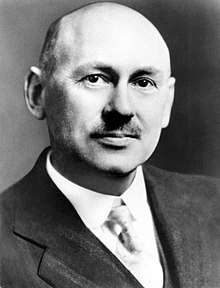Three days before the late Neil Armstrong walked on the moon, The New York Times took the rare step (back in those days) of printing a correction, and in some ways you might say it was the biggest one ever: It took back its outright mockery, from 1920, of famed rocket pioneer Robert H. Goddard, which claimed his notion of blasting into space was, of course, ludicrous--a denial of the fundamental "dynamics." The correction read:
A Correction. On Jan. 13, 1920, "Topics of the Times," an editorial-page feature of the The New York Times, dismissed the notion that a rocket could function in vacuum and commented on the ideas of Robert H. Goddard, the rocket pioneer, as follows:
"That Professor Goddard, with his 'chair' in Clark College and the countenancing of the Smithsonian Institution, does not know the relation of action to reaction, and of the need to have something better than a vacuum against which to react - to say that would be absurd. Of course he only seems to lack the knowledge ladled out daily in high schools."
Further investigation and experimentation have confirmed the findings of Isaac Newton in the 17th Century and it is now definitely established that a rocket can function in a vacuum as well as in an atmosphere. The Times regrets the error.

No comments:
Post a Comment